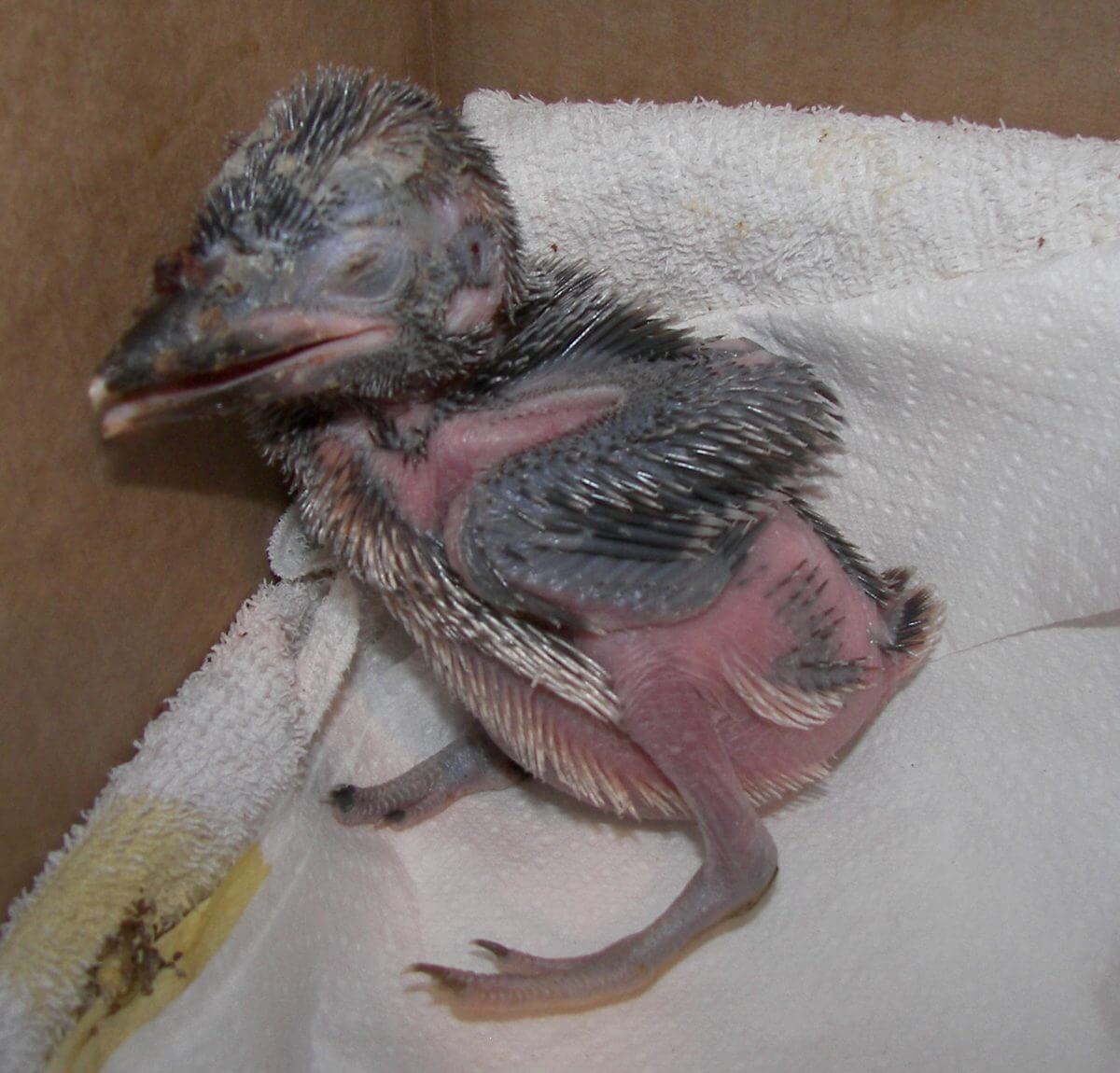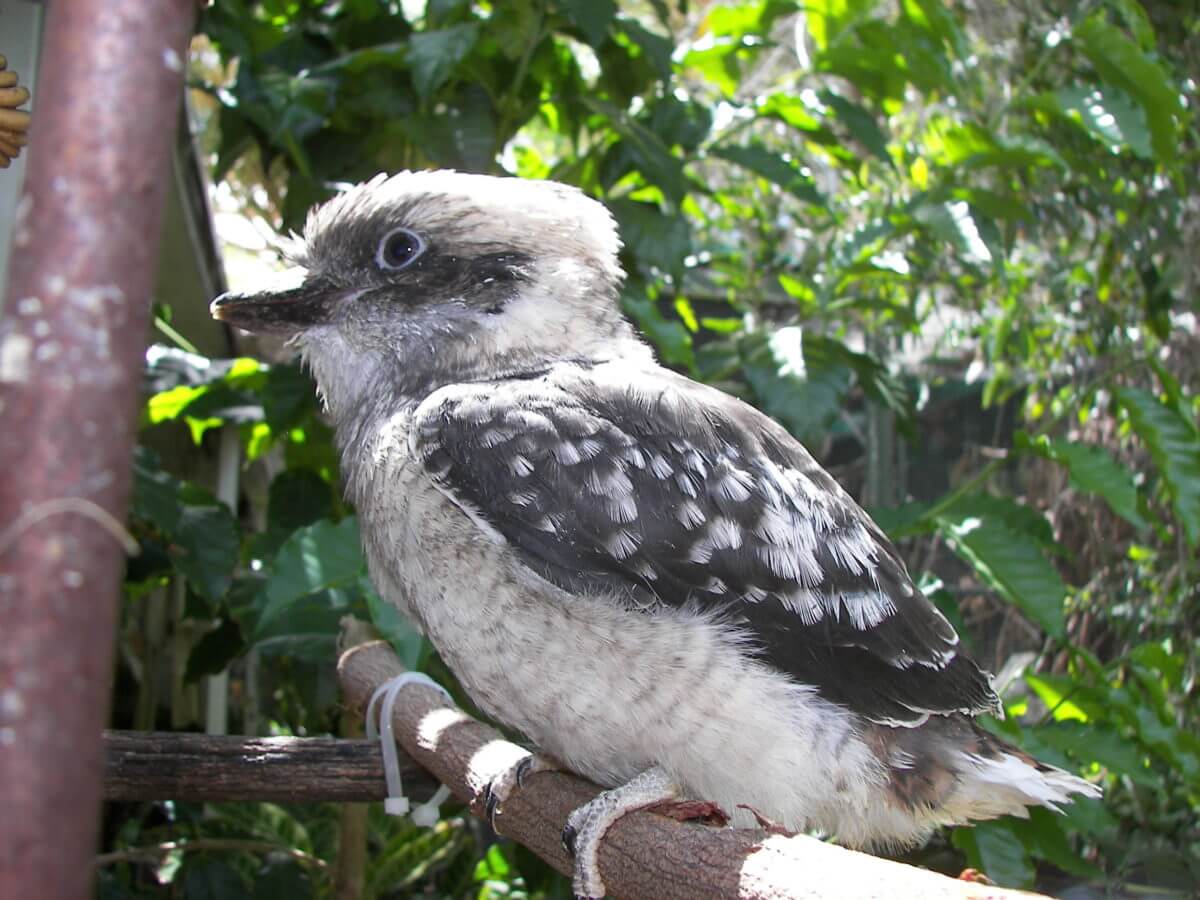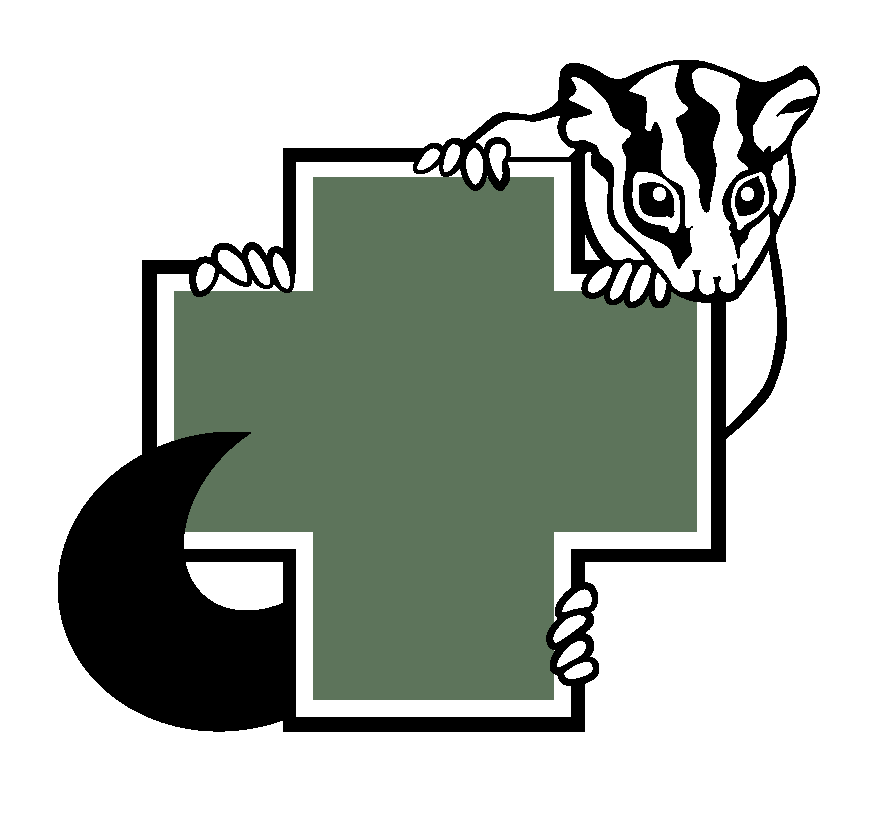RESCUE ADVICE
Baby Birds
What to do if you find a baby bird
Often, “rescues” for baby birds are unnecessary and can be detrimental to the survival of the animal.
Each spring, volumes of healthy fledgling birds come into care when well-meaning people find them on the ground and see no parents immediately nearby. Even the best carer can’t teach them what they should learn from their parents, and resources are best used on truly orphaned and/or injured birds.
To rescue or reunite?
If it is injured or in imminent danger
A baby bird with any of the following signs needs rescuing:
- There are obvious wounds or blood on its body
- It has had contact with a cat or dog – even with no obvious injuries, this is a medical emergency for baby birds
- The bird is lying on its side and cannot right itself
- The bird has droopy wings or limps
- There is a dead parent nearby
- It is covered in bugs or insects
- The bird feels cold to the touch when you pick it up.
Place it in a dark, warm, dry place away from pets and contact our 24/7 Rescue Line on 0418 628 483 . Do not give them any food or water – right now keeping them warm in a dark and quiet place is more important. Put them in a small cardboard box with a soft towel or t-shirt. Even on a warm day babies can get cold, so give them a heat source using a plastic bottle from the recycling bin filled with hot tap water and wrapped in a face cloth or tea towel. Please don’t make it too hot.
If it is not injured or in danger
Resist the urge to “rescue”. For any babies who are not injured, it may still be possible to reunite them with their parents. Observe from afar instead. The parents are unlikely to return whilst you are interfering directly with their baby. In the case of nocturnal species like the Tawny Frogmouths, they may even be asleep or well camouflaged.
Work out what life stage they are at to decide what to do next.
No or few feathers? It’s a hatchling or nestling

Nestlings are baby birds that still live in the nest. They may be covered in down, have few or no feathers and are totally reliant on their parents for all aspects of survival. If the baby bird is pink, has no feathers and its eyes are closed, it is a hatchling. If it is sparsely feathered and not capable of hopping, walking, flitting, or gripping tightly to your finger, it’s a nestling. In both cases the nest is almost certainly nearby.
What to do
Hatchlings and nestlings must be reunited with their parents
If you can find the nest (it may be well hidden), put the bird back as quickly as possible. Don’t worry, parent birds do not recognise their young by smell. They will not abandon a baby if it has been touched by humans. If the nest has been destroyed you can make a new one using a clean ice cream container, place the chick back inside and watch to see if the parents come back.
Fully feathered? It’s a fledgling

Most of the baby birds people find are fledglings. These youngsters are generally adorable and fluffy, with a tiny stub of a tail.
These are young birds that have just left the nest, and can’t fly yet, but are still under the care of their parents, and do not need our help. Fledglings are feathered and capable of hopping or flitting, with toes that can tightly grip your finger or a twig.
Many fledglings leave the nest to try out their new wings only to find themselves on the ground. They just need a few days to exercise those muscles before they are as free as a bird.
What to do
When fledglings leave their nest they rarely return, so even if you see the nest it’s not a good idea to put the bird back in—it will hop right back out. Usually there is no reason to intervene at all beyond putting the bird on a nearby perch out of harm’s way and keeping pets indoors. The parents may be attending to four or five young scattered in different directions, but they will return to care for the one you have found. You can watch from a distance to make sure the parents are returning to care for the fledgling.
Check if the parents come to feed the chick over the next few hours. If they don’t, if the chick is showing signs of illness, injury, weakening condition, or is attacked by other birds, call our 24/7 Rescue Line on 0418 628 483 and one of our rescuers can bring the animal into care.
Hint: If the bird is pooping – he’s likely being fed!
Can’t find the nest? Here’s how to make an improvised nest
Step 1
Take an ice-cream container or similar item and put some holes in the bottom for drainage. Put some more holes at the top to make a handle.
Step 2
Put some leaves or grass in the bottom. Use the original nesting material if the nest has fallen from the tree. Place baby bird in its new home. Mum and dad won’t mind that baby has been handled by humans.
Step 3
Secure the container at about head height or higher in a leafy protected area, away from direct sunlight, as close to where you found the baby bird. It does not even have to be the original tree.
Step 4
Watch from a distance to make sure the parents return to feed baby. This may take several hours so be patient. If the parents have not returned by dark, call Hunter Wildlife Rescue on 0418 628 483.
